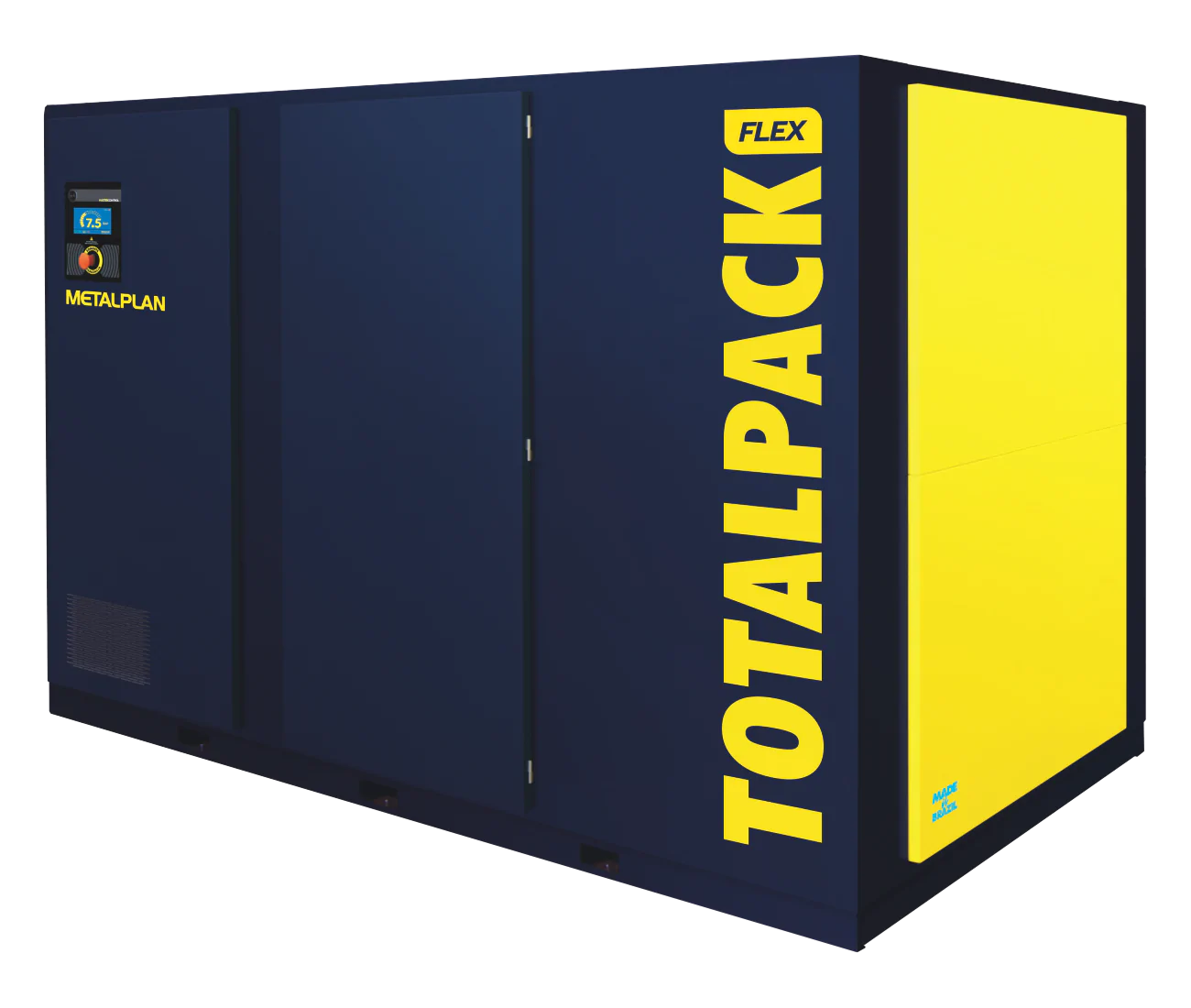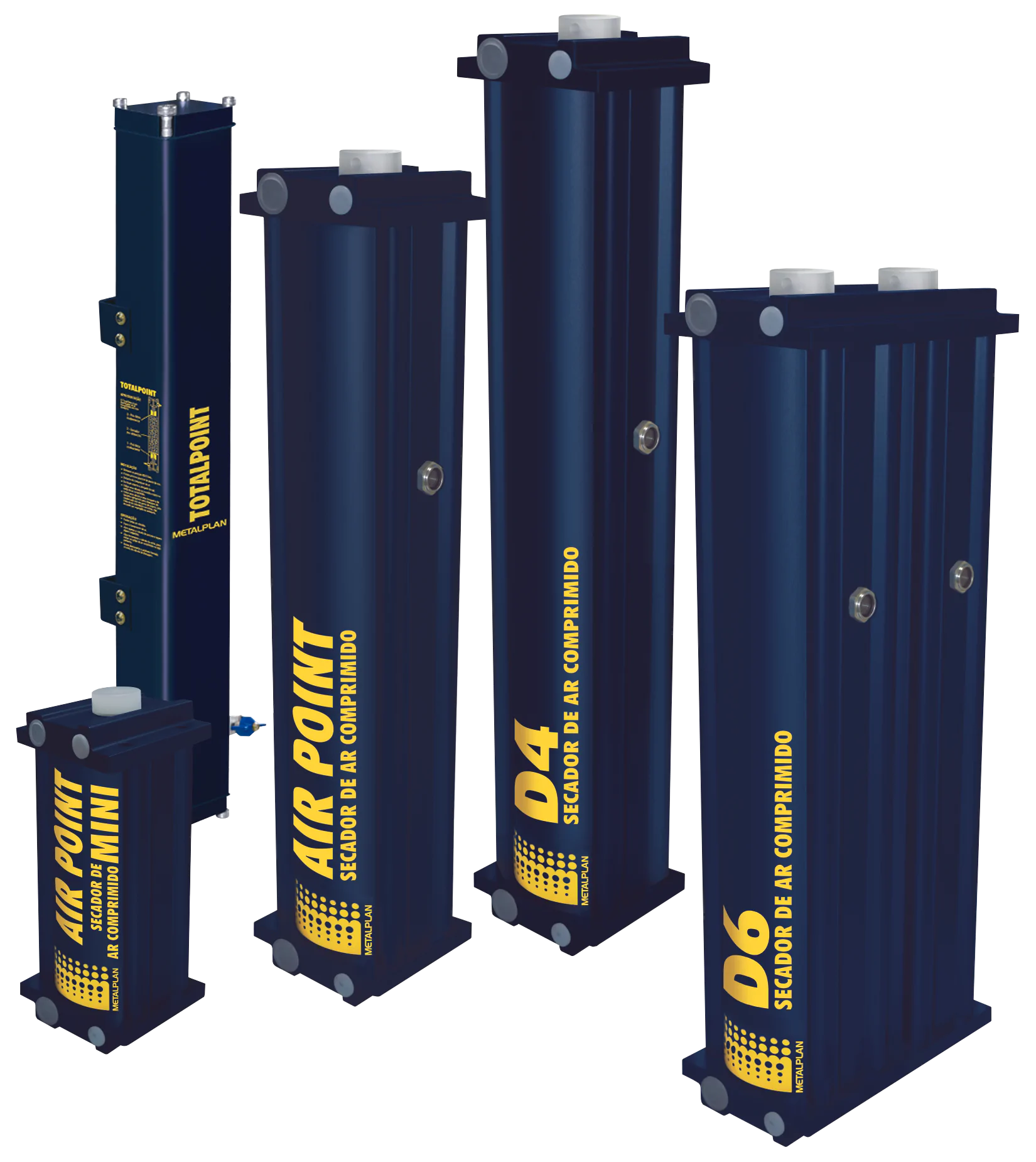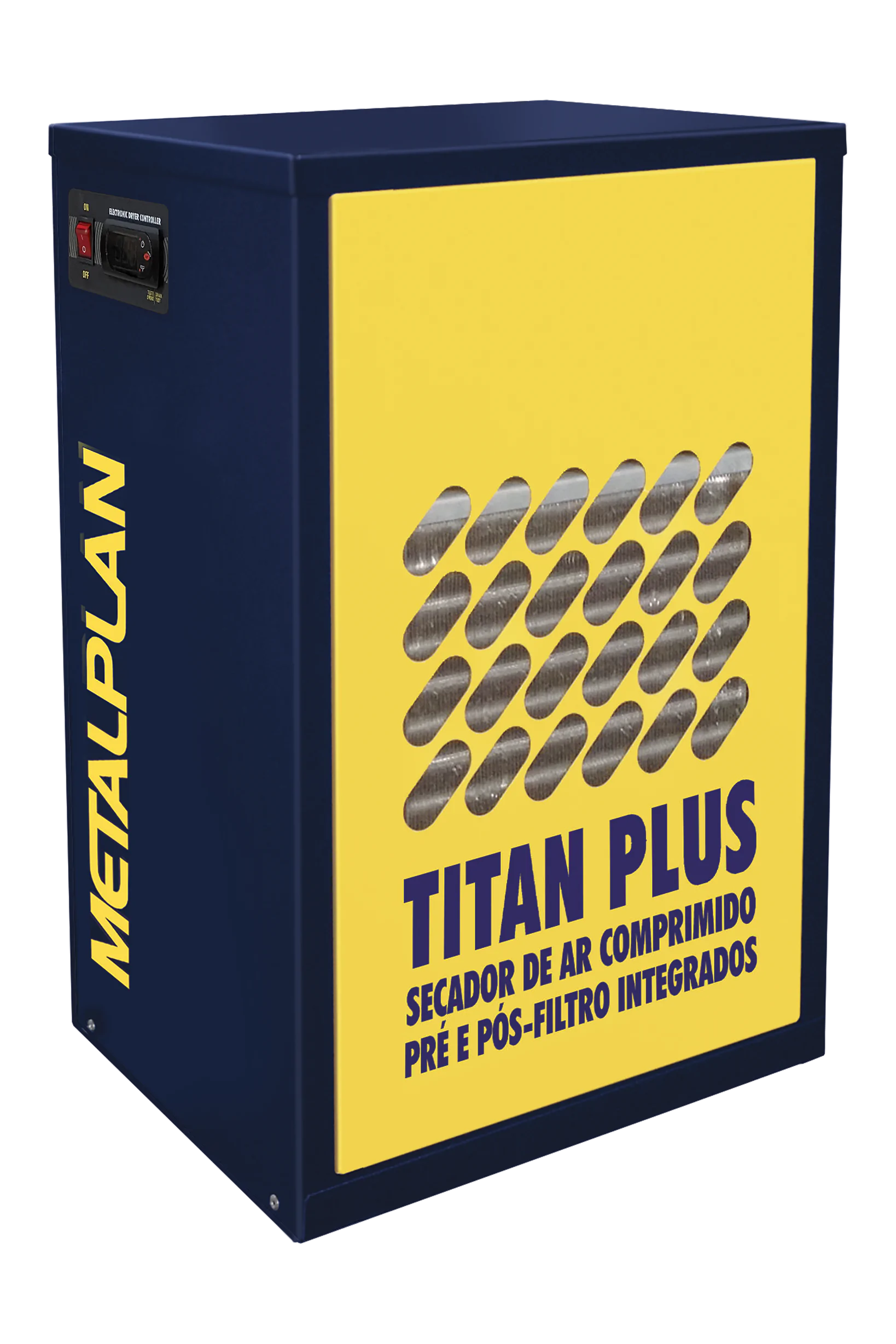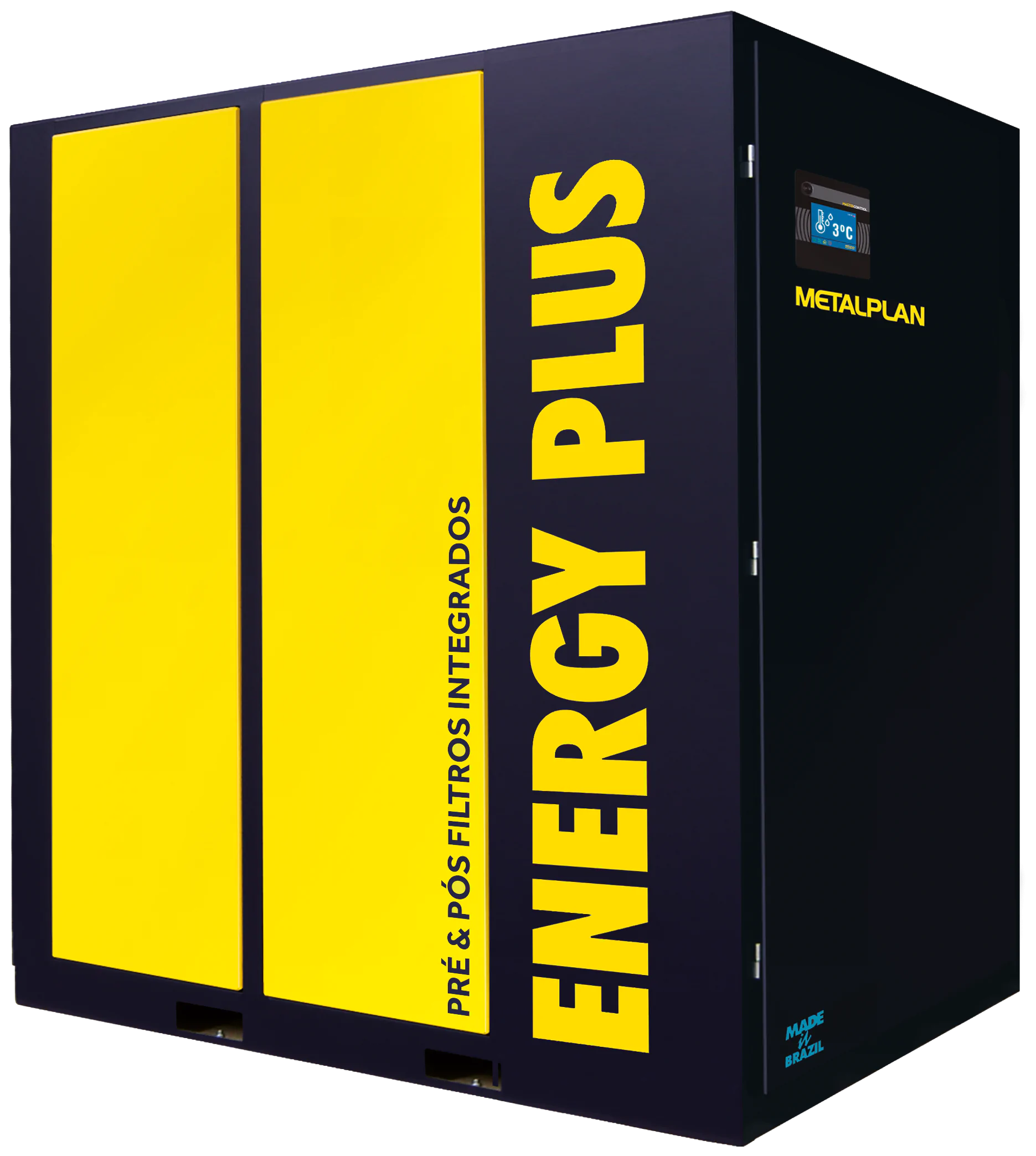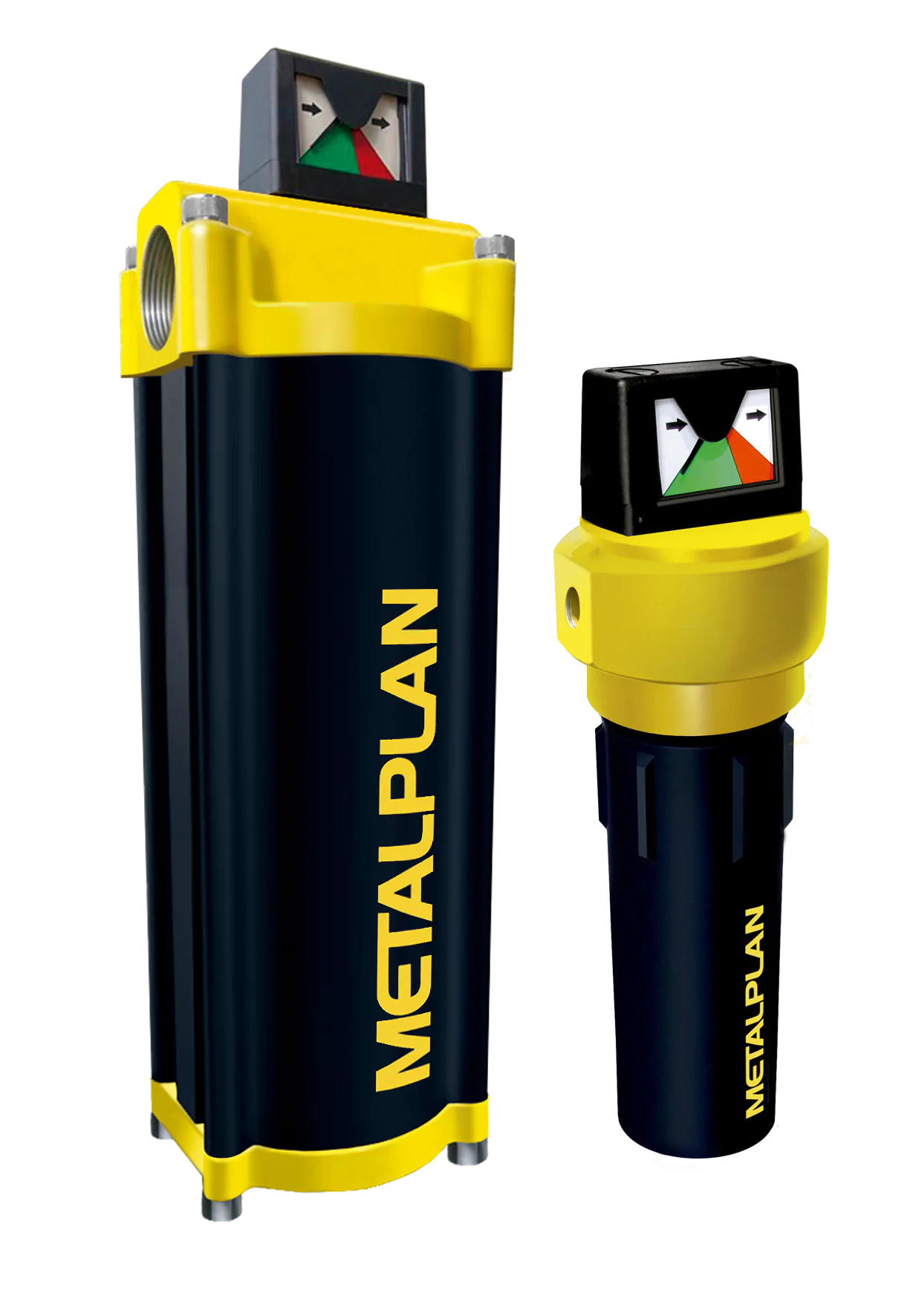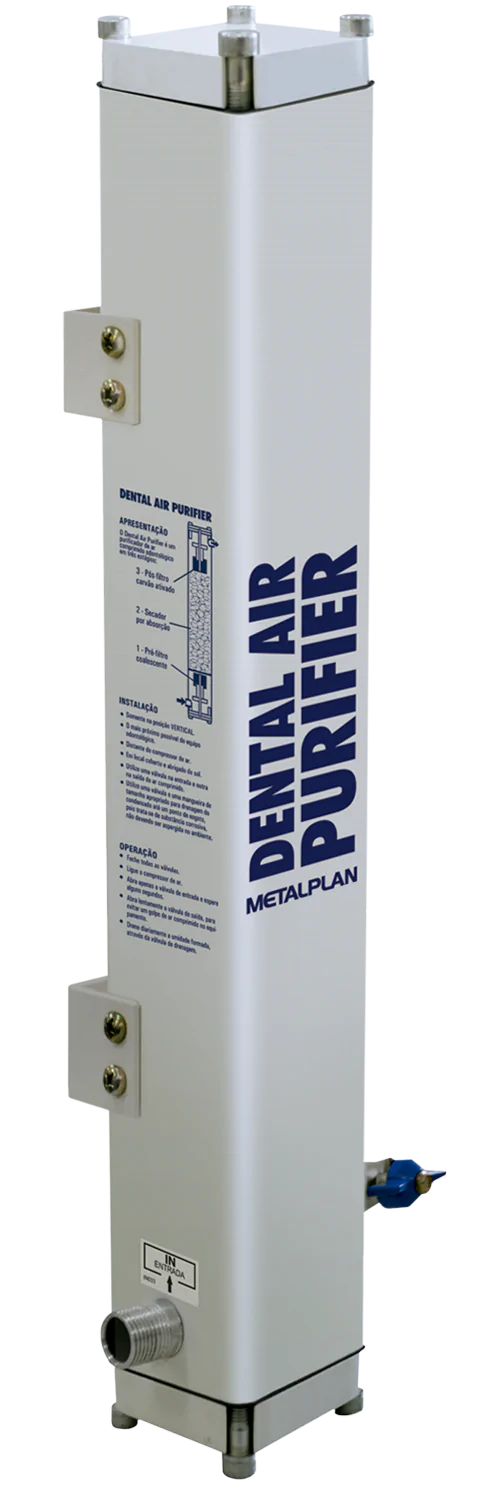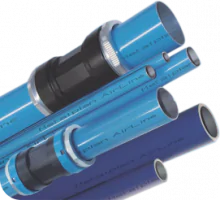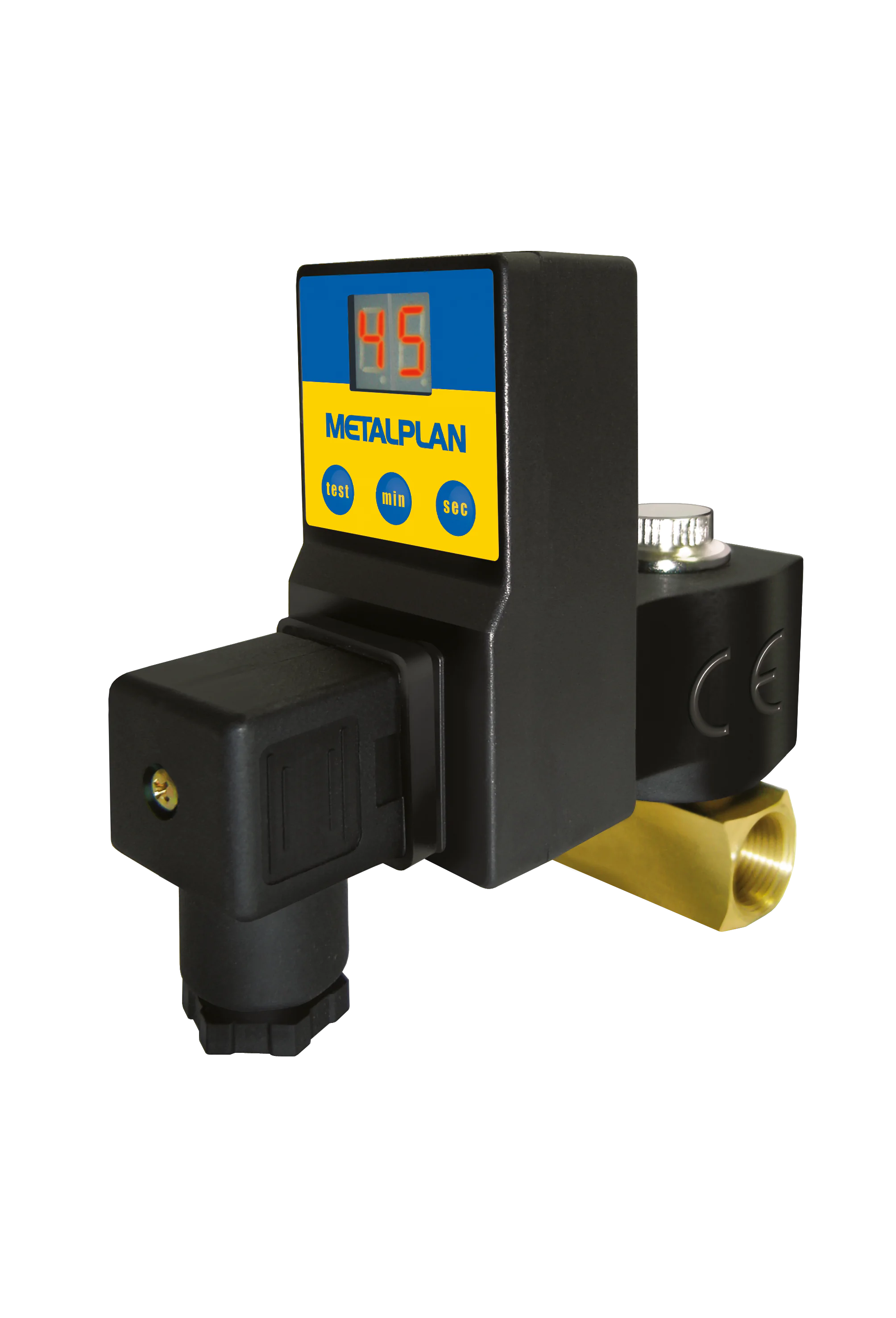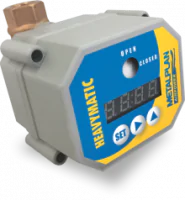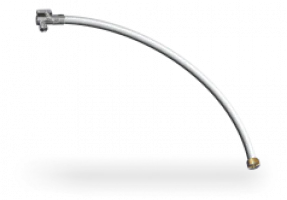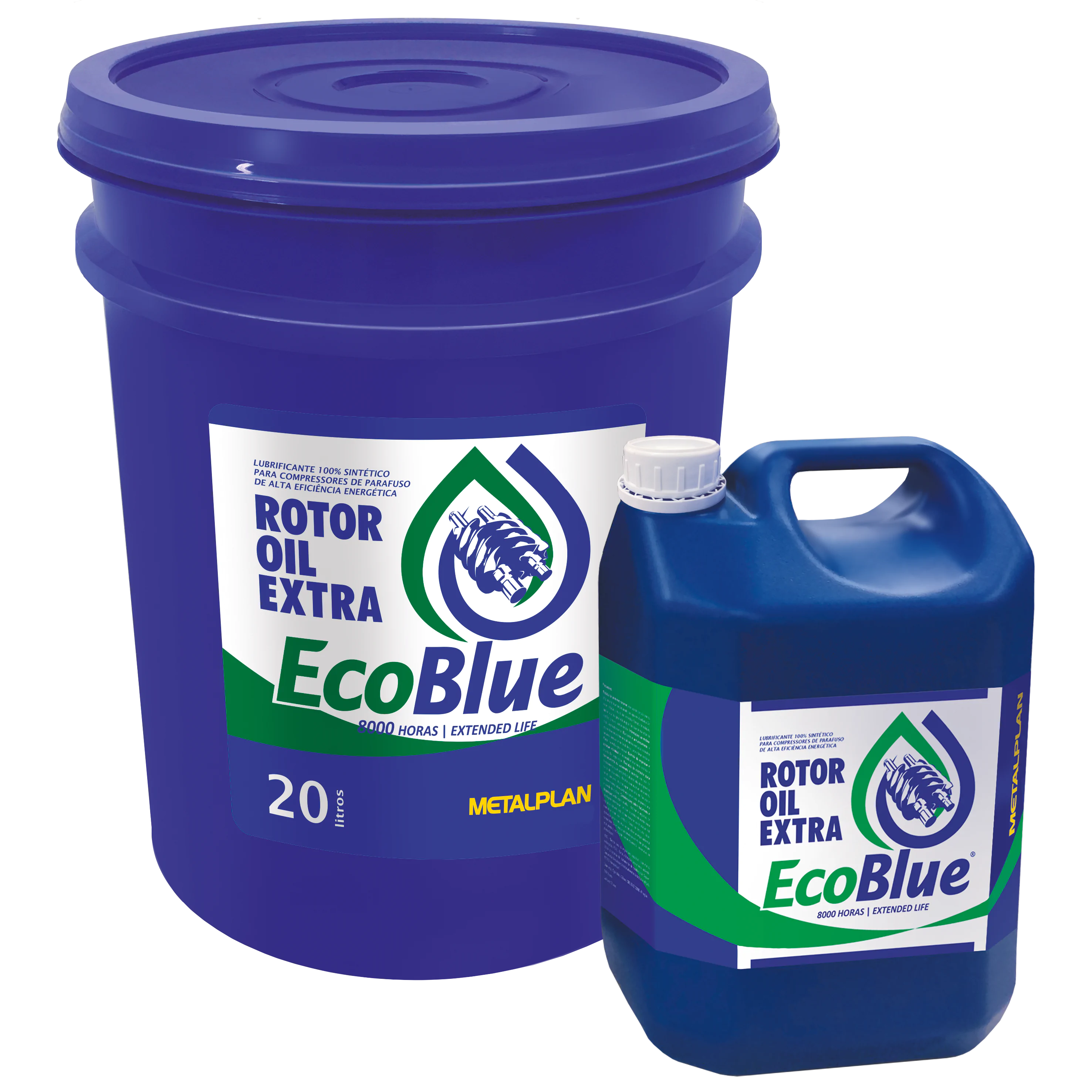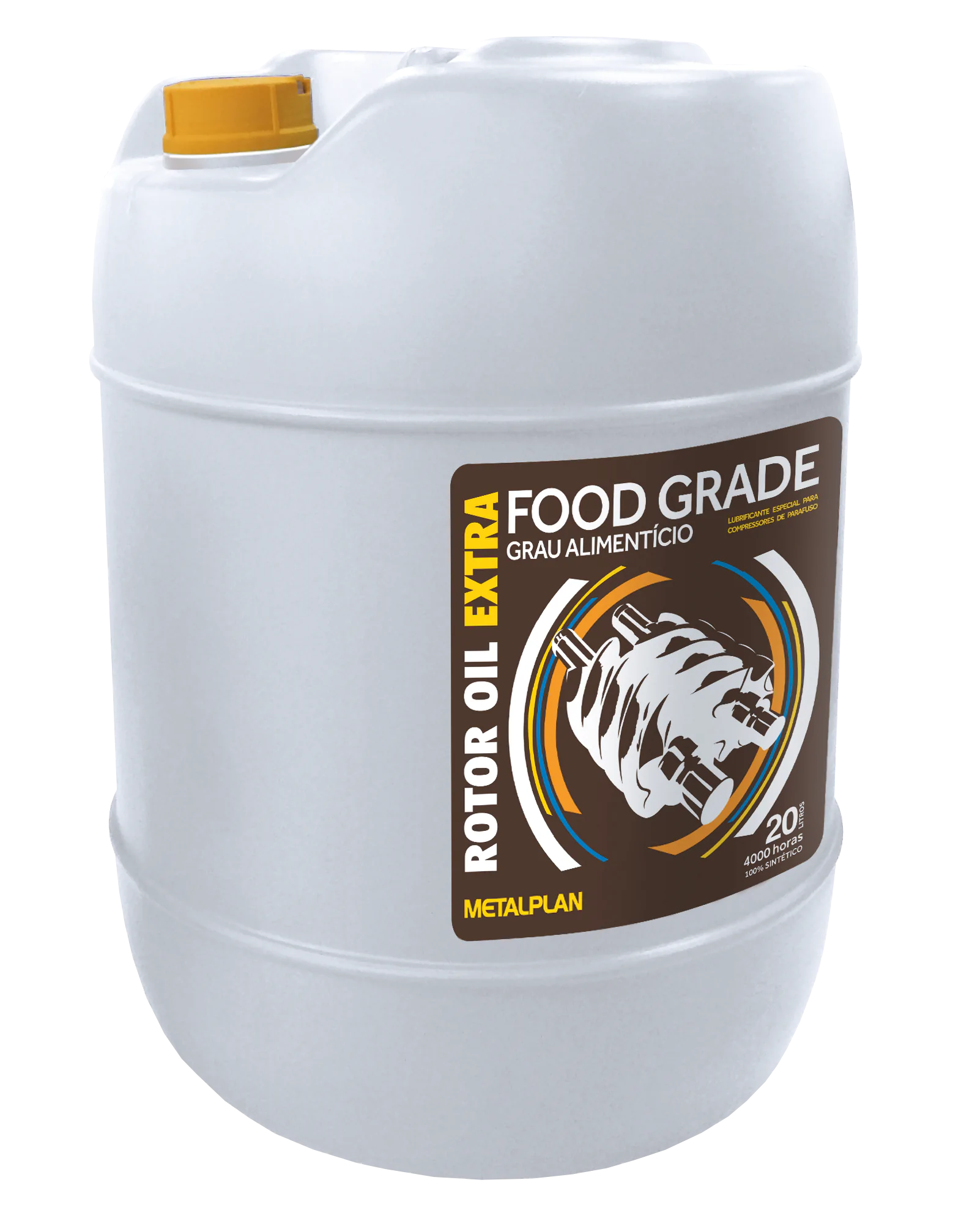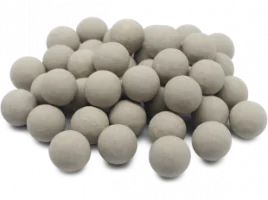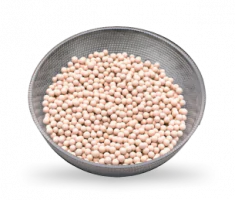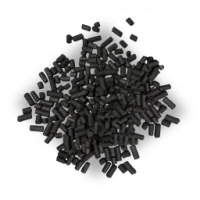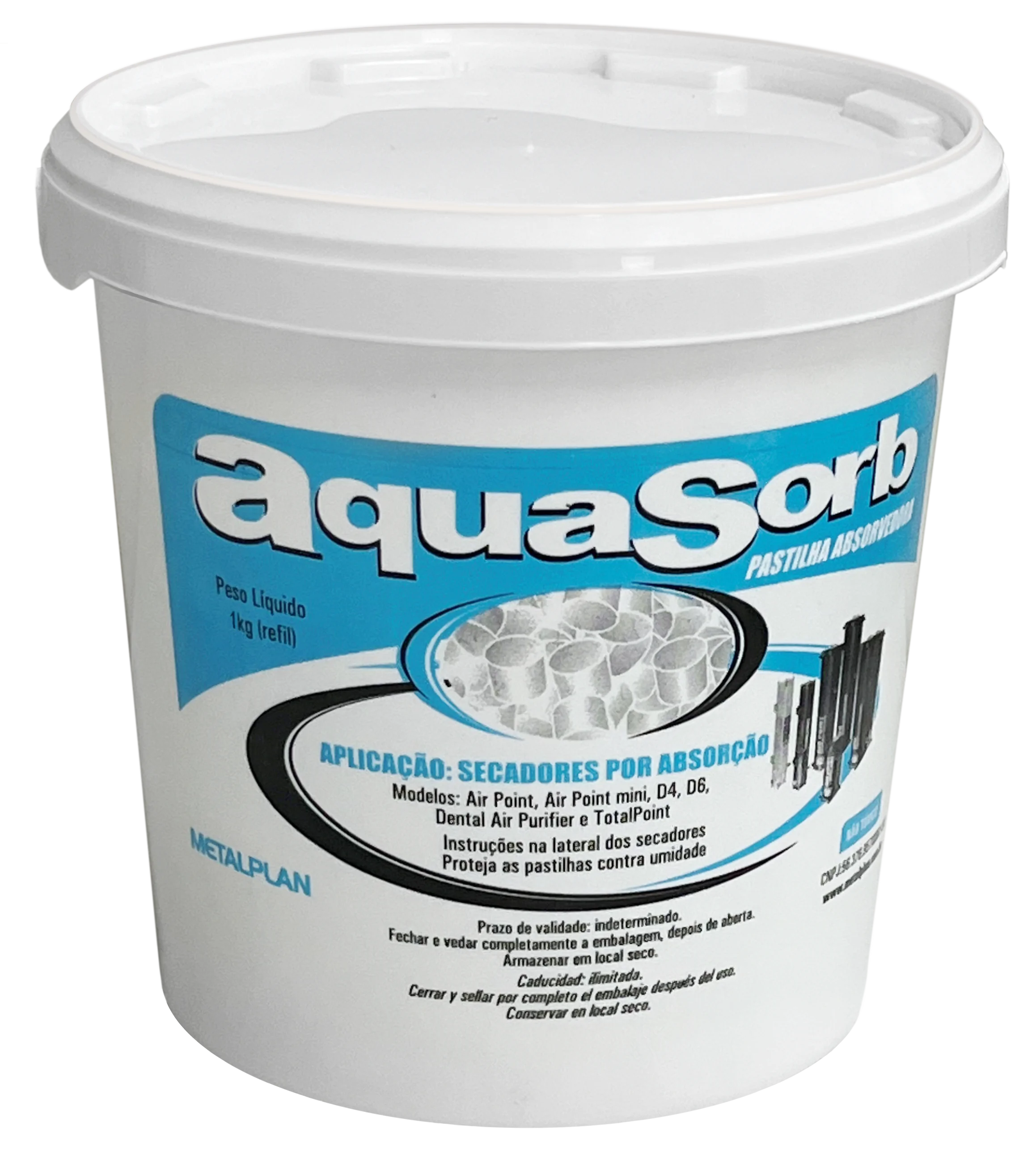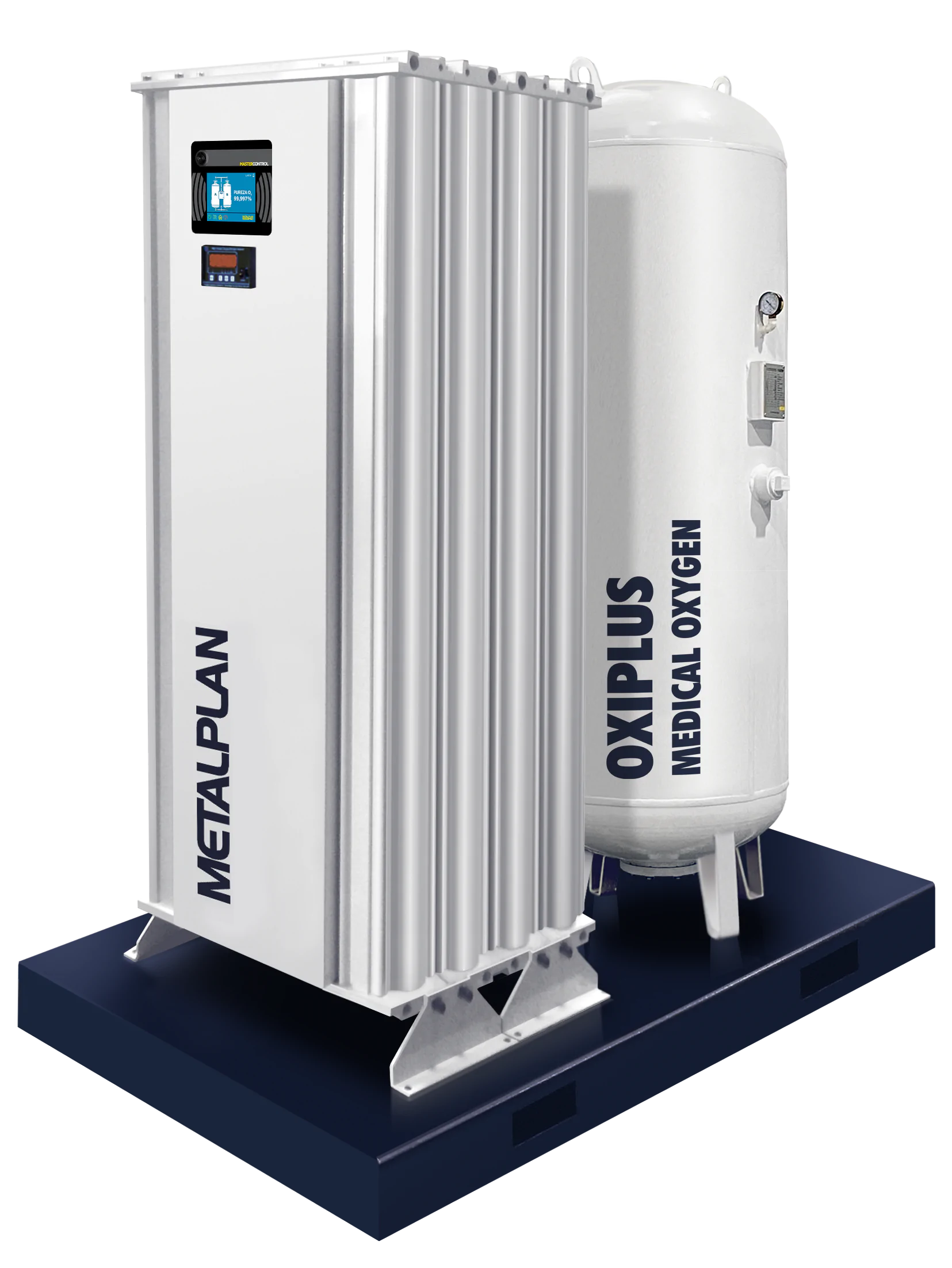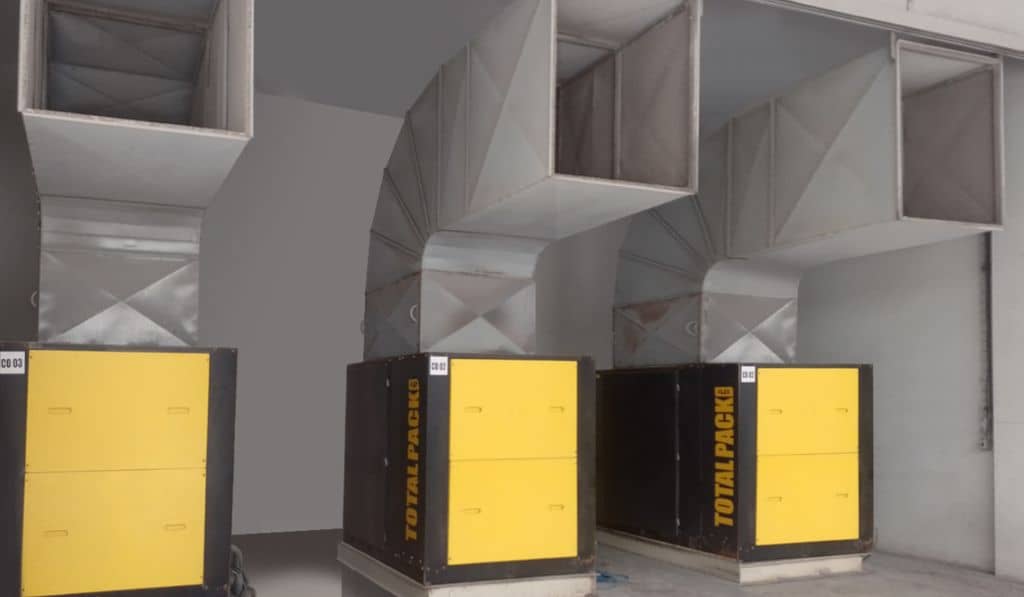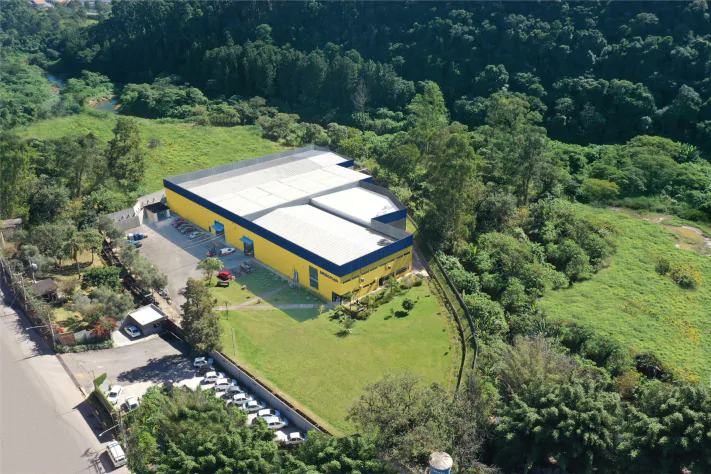categorias
AR COMPRIMIDO > Compressores de ar
AR COMPRIMIDO > Reservatórios de ar comprimido
AR COMPRIMIDO > Redes de ar comprimido em alumínio
AR COMPRIMIDO > Purgadores automáticos
AR COMPRIMIDO > Tratamento de condensado
AR COMPRIMIDO > Elementos filtrantes premium
AR COMPRIMIDO > Materiais Adsorvedores / Absorvedores
AR COMPRIMIDO > Geradores de nitrogênio on site
AR COMPRIMIDO > Geradores de oxigênio on site
Perguntas Frequentes sobre Ar comprimido
Produtos
Ar comprimido
Compressores de Ar
- Compressor de parafuso | Rotor Plus (4 a 25 hp)
- Compressor de parafuso | TotalPack Flex (10 a 250 hp)
- Compressor isento de óleo (scroll) | ScrollTech Zero Oil Free (5 a 50 hp)
- BOOSTER ISENTO DE ÓLEO (PISTÃO)/COMPRESSOR DE ALTA PRESSÃO (ATÉ 40 BAR)
- BOOSTER LUBRIFICADO (PISTÃO)/COMPRESSOR DE ALTA PRESSÃO (ATÉ 40 BAR)
Secadores de ar comprimido
- Secadores por absorção | DewDrop (6 a 32 pcm)
- Secador por refrigeração com filtros integrados | Titan Plus (20* a 250 pcm)
- Secador por refrigeração com filtros integrados | Energy Plus (250 a 9600 pcm)
- Secador por adsorção | Hybrid (15 a 20000 pcm)
Filtros e purificadores
- Filtros coalescentes, adsorvedores e microbiológicos | Hyperfilter
- Módulo ISO Classe Zero / ar isento de óleo | ModuCarb
- Ar comprimido para respiração humana | Inspire
- Purificador de ar comprimido odontológico | Dental Air Purifier
Reservatórios de ar comprimido
Redes de ar comprimido em alumínio
Purgadores automáticos
- Purgador eletrônico digital temporizado | Cronomatic
- Purgador magnético de bóia | Zeromatic
- Dreno pescador | Easy Drain
Tratamento de condensado
Elementos filtrantes premium
Lubrificantes
- Óleo 100% sintético para compressores de ar | Rotor Oil Extra EcoBlue
- Óleo 100% sintético FOOD GRADE para compressores de ar | Rotor Oil Extra Food Grade
Materiais adsorvedores / absorvedores
Ar comprimido
Geradores de nitrogênio on site
- Gerador de nitrogênio gasoso on site (industrial) | NitroMax
- Gerador de nitrogênio gasoso on site (automotivo) | NitroMax Tyre
Geradores de oxigênio on site
- Gerador de oxigênio gasoso on site (industrial) | OxiPlus
- Gerador de oxigênio gasoso on site (hospitalar) | OxiPlus Med
REFRIGERAÇÃO INDUSTRIAL
BIOGÁS & GNV
- COMPRESSOR DE PARAFUSO LUBRIFICADO PARA BIOGÁS | POWERPACK | ATÉ 3000 M³/H
- COMPRESSOR DE PISTÃO COM OU SEM LUBRIFICAÇÃO PARA BIOMETANO | DA 300 M | ATÉ 6000 M³/H
- COMPRESSOR DE PISTÃO COM OU SEM LUBRIFICAÇÃO PARA BIOMETANO/GNV | SA 200 M | ATÉ 6000 M³/H
- ESTAÇÃO INTEGRADA DE COMPRESSÃO & PURIFICAÇÃO | UPGRADING DE BIOGÁS EM BIOMETANO

entre em contato
R. Fernão Dias, 14 – Cajamar – São Paulo –
Brasil – 07790-560
Telefone: +55 11 4448-6900
E-mail: metalplan@metalplan.com.br
Segunda a Quinta, das 8 às 18h. Sexta, das 8 às 17h.
redes sociais
Todos os direitos reservados | Política de privacidade
Desenvolvido por Agência Tipo


